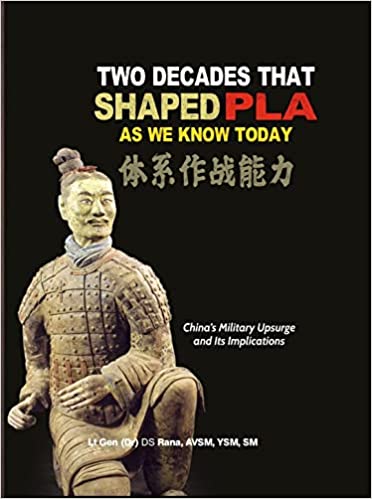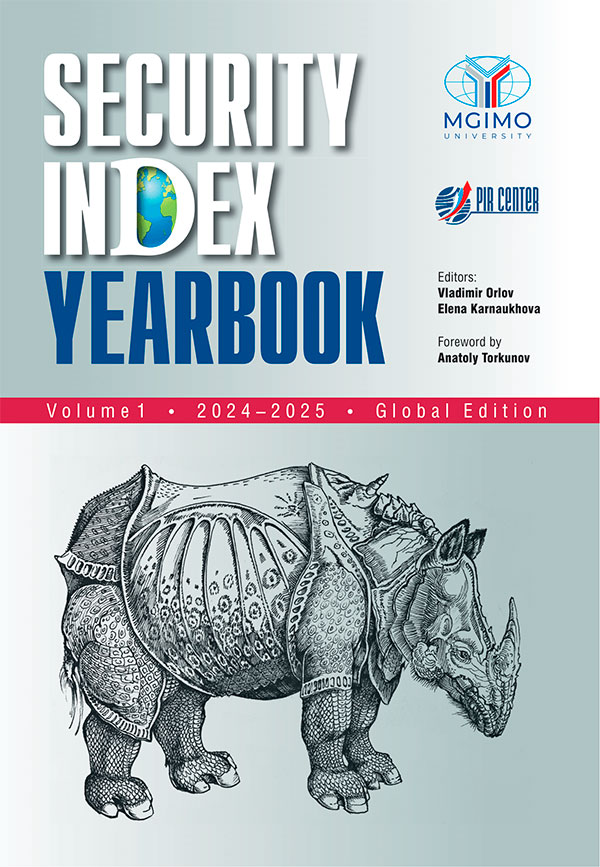... to outspend and to outperform any military adversary, Russia including. In addition, any new full-fledged format of strategic arms control could no longer be bilateral, but has to become multilateral, taking into account the nuclear missile arsenals of ... ... Russia's admiration for America should not be over exaggerated either. In 2019, the last year before the pandemic, when about 57 thousand Russians entered foreign universities, the share of the United States was only slightly more than 10% of this number, significantly ...
... of the forecasts suggest that the US and its allies will continue to enhance their positions in providing weapons to the rest of the world.
Given all these trends, it comes as no surprise to hear that the US leadership has often been skeptical about arms control. In 2002, under president George W. Bush, the US withdrew from the Anti-Ballistic Missile (ABM) Treaty that for 30 years served as a foundation for strategic stability between Moscow and Washington. In 2019, the Donald Trump administration ...
... incomparably smaller nuclear arsenal. Notwithstanding the discovery of numerous silos in the PRC described further, Moscow and Washington’s stockpiles still surpass those of Beijing roughly tenfold, even though China is
predicted
to have about a thousand nuclear warheads by 2030. Moreover, preventing bilateral arms control arrangements from crumbling—let alone strengthening the corresponding regime—seems like a daunting task in the ever so convoluted security conundrum. The situation is further aggravated by the ambiguity behind deploying various warheads ...
... coincidence that those now calling for the use of nuclear weapons [
60
] have been fighting for many years to dismantle the arms control edifice built over decades [Karaganov 2017].
Such reasoning may seem like scholastic constructs, like the laws of ... ... killing a hundred million people in a few hours of nuclear exchange and destroying everything built by man over the last thousand years in the Northern Hemisphere, turning the rest of humanity into a Neanderthal state. The prevention of such an ignominious ...
... view of the Russian initiative, accusing Russia of violating the treaty and calling for a return to compliance. Yet, those accusations would have been released anyway. That said, administration officials tried to keep a calmer tone. In the following months,... ... ceiling of deployed strategic nuclear forces, proposing to think about agreements for the post-START period, separating strategic arms control from the broader scope of problematic issues in relations.
Fashion for the 1980s
Alexander Yermakov:
The Nuclear ...
... two global powers: the parameters of the world order, U.S. sanctions policy, competition between Asian-Pacific integration models, the economic, trade and technological rivalry between the two nations, as well as matters concerning global security and arms control. This analysis also considers U.S.– Chinese confrontation in terms of its potential negative and positive implications for Russia.
U.S. Foreign Policy Towards China: Outlook and Implications for Russia
, 2.1 Mb
Policy Brief #44 / 2022
Policy Brief #44 / 2022
In October 2022, Joseph Biden’s administration published the new U.S. Nuclear Posture Review (NPR-2022) as part of a single National Defense Strategy (NDS-2022) package along with the Missile Defense Review (MDR-2022). The previous Nuclear Posture Review appeared in February 2018 during Donald Trump’s presidency.
One of the key functions of any publicly available strategic document is to deliver information to other states – both friendly and hostile...
... potential of nuclear deterrence [
1
], which meant
that additional
steps
needed to be taken to bypass an adversary’s missile defence systems. All this made sure that missile defence has inevitably made a comeback as one of the most pressing issues in arms control.
Igor Ivanov:
Quo Vadis ?
However, Russia’s official rhetoric accompanying the demolition of the ABM Treaty was surprisingly restrained. In his December 2001 statement on the U.S. withdrawal from the Treaty, the Republican President George ...
...
(left) and Haroon Sabawoon – Anadolu Agency (right)
According to
The Military Balance
, a military journal published annually, Afghan government forces had 640 MSFV armored security vehicles, 200 MaxxPro armored fighting vehicles and several thousand Hummers
at their disposal
. The Afghan Air Force had 22
EMB-314 Super Tucano (А-29)
light attack aircraft (see
image 2
), four C-130H Hercules transport aircraft, 24
Cessna 208B
and 18 turboprop
PC-12s
. The Army Air Corps boasted 41 MD-530F ...
Comments by Andrey Baklitskiy, Victor Esin, Olga Oliker, Alexander Saveliev and Dmitry Stefanovich
To mark the anniversary of START I signed in Moscow on July 31, 1991, the Russian International Affairs Council asked strategic arms control experts several questions about the importance of START I and the prospects for new treaties to be signed.
Why was START I a breakthrough? What explains the success in negotiating and signing the treaty?
Could any elements from START I be ...



